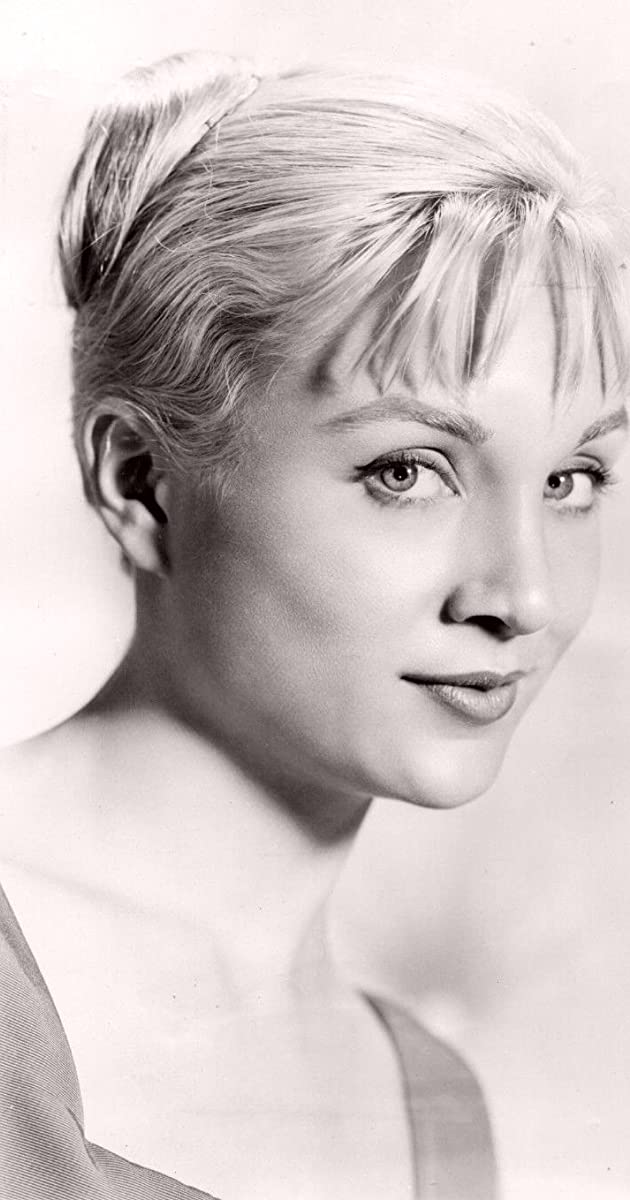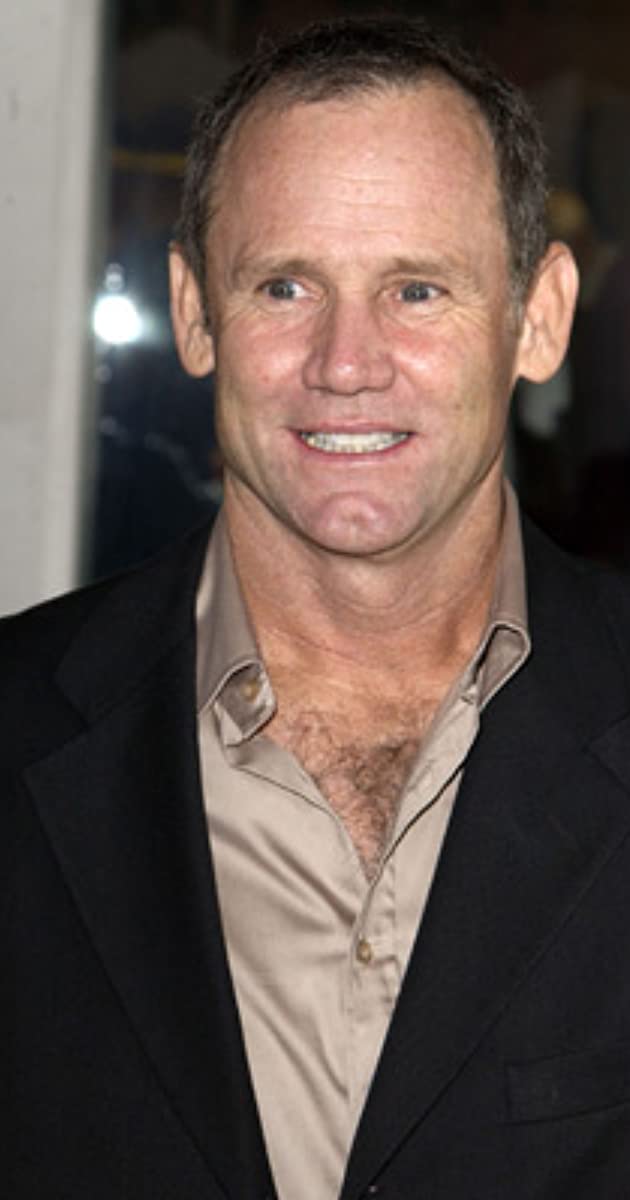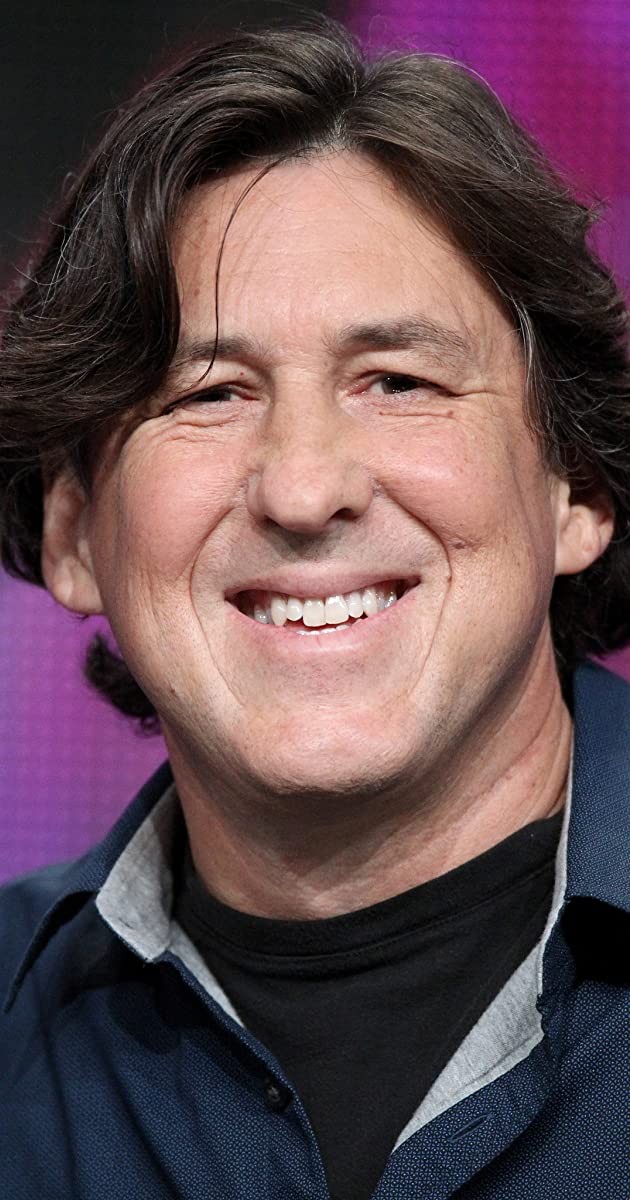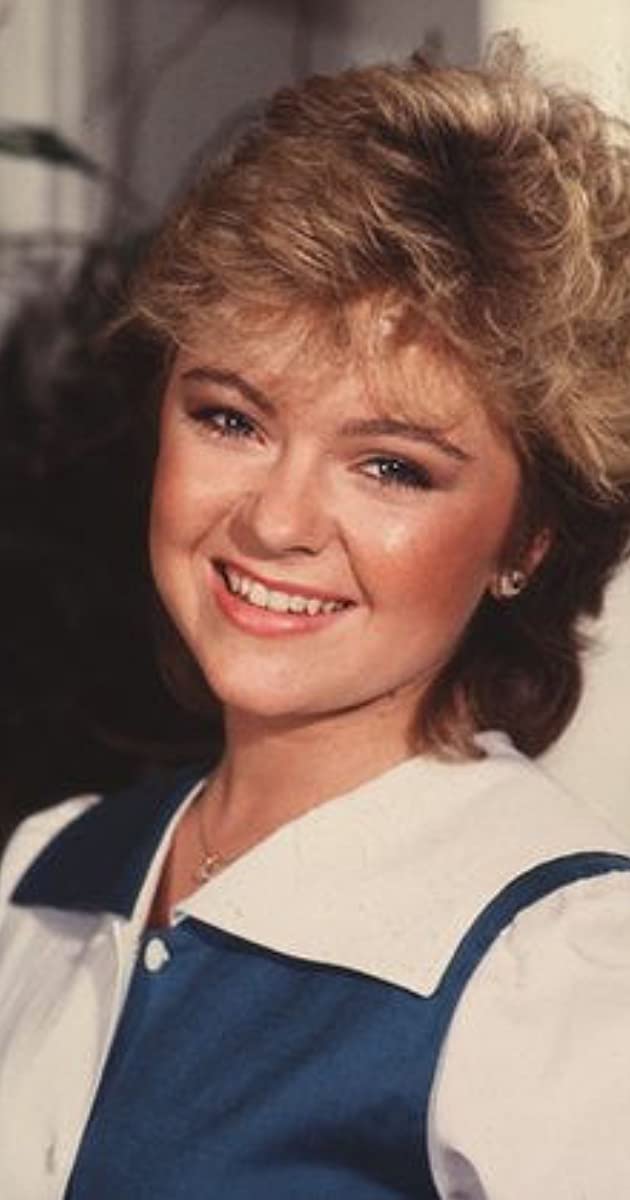
A fascinating aura of mystery seemed to surround the characters portrayed by blue-eyed blonde actress Susan Oliver, whose trademark high cheekbones, rosebud lips and heart-shaped face kept audiences intrigued for nearly three decades. She left a fine legacy of work on stage, film and TV.
Born Charlotte Gercke on February 13, 1932 (some sources incorrectly list years as early as 1929 or late as 1937), in New York City, she was the daughter of well-to-do George Gercke, a political reporter and journalist for the New York World, and his astrology practitioner wife, Ruth Oliver (aka Ruth Hale Oliver), both of whom divorced while Susan was still quite young (age 3). As a privileged adolescent, she went to various public and boarding schools. As a teenager, she lived with her father and traveled with him overseas to Japan, where he maintained a news post. While there (1948-1949) she studied at the Tokyo International College and developed an interest in Japan’s deep obsession with the American pop culture. Much later in her career (1977), in fact, Susan would write and direct Cowboysan (1978), a short film which told of Japanese actors performing in an American western.
In the spring of 1949, Susan briefly rejoined her mother, who was now remarried, living in Los Angeles, and gaining a solid reputation as Hollywood’s astrologer to the stars. By that fall, however, Susan was back East, studying drama at Pennsylvania’s Swarthmore College (for four years). She then continued her training at New York City’s Neighborhood Playhouse, while finding stage work in both summer stock and regional theaters. Commercials and daytime/prime-time TV work started coming Susan’s way and, by that time, she had already changed her stage moniker to the more flowing name of Susan Oliver.
The year 1957 began with a debut ingénue role as a Revolutionary War-era daughter in the Broadway comedy, “Small War on Murray Hill”, which opened and closed at the Ethel Barrymore Theater after only nine days. A far more potent and substantial role fell her way in October of that same year, when she replaced British actress Mary Ure as “Allison Porter” in the superior “kitchen sink” drama, “Look Back in Anger”. Susan continued to find extensive dramatic work in live East coast TV plays, with roles on The Kaiser Aluminum Hour (1956), The United States Steel Hour (1953), Studio 57 (1954) and Matinee Theatre (1955). At this juncture, she decided to migrate back to Los Angeles for more on-camera opportunities and attained guest roles on such popular prime-time series as Wagon Train (1957), Father Knows Best (1954), The Millionaire (1955) and The Lineup (1954).
Susan made her cinematic debut as the tough, ill-fated title role in Warner Bros.’ low-budget melodrama, The Green-Eyed Blonde (1957). The film was shot in black and white, so it didn’t matter that Susan’s eyes were blue. Topbilled, she played the rebellious delinquent leader at a girls’ reformatory and lent class to the rather exploitative material, which was written by blacklisted writer Dalton Trumbo. Two years later, Susan returned to the big screen as another tough cookie in the better-received biopic, Drum Crazy (1959), as a jazz singer who lures the renowned drummer (played by Sal Mineo) down the road to drugs and near ruin. A brief return to the Broadway stage, with the comedy “Patate” starring Tom Ewell and Lee Bowman, would last only four days but Susan earned great notices and won New York’s Theatre World Award World for her “outstanding breakout performance”.
On early 1960s TV, Susan continued to offer a number of striking and often showy, neurotic performances on episodes of Bonanza (1959), Wanted: Dead or Alive (1958), 77 Sunset Strip (1958), Wagon Train (1957), The Virginian (1962), Adventures in Paradise (1959), Route 66 (1960), Dr. Kildare (1961) and The Fugitive (1963). Filmwise, she found a few lead and support roles in the Elizabeth Taylor-starred Butterfield 8 (1960); as a psychiatric nurse in the all-star hospital melodrama, Borderlines (1963); in the tailored-for-the-teens romp, Looking for Love (1964), as a pal to Connie Francis; and in the hilarious Jerry Lewis slapstick vehicle, The Disorderly Orderly (1964), in which she added rather heavy drama as a depressed hospital patient. Her most challenging role, during this time, was as the ambitious wife of doomed country music legend Hank Williams (George Hamilton, in offbeat casting) in Your Cheatin’ Heart (1964).
Susan’s name remained active particularly on TV, where she graced such programs as The Andy Griffith Show (1960), The Travels of Jaimie McPheeters (1963), Burke’s Law (1963), Dr. Kildare (1961), Ben Casey (1961), Gomer Pyle: USMC (1964), My Three Sons (1960), The Invaders (1967) and Mannix (1967). Classic TV showcases includes the 1960 The Twilight Zone (1959) episode, The Twilight Zone: People Are Alike All Over (1960), in which she plays beautiful martian, “Teenya”, who encounters astronaut Roddy McDowall, and the unsold 1964 Star Trek (1966) pilot, Star Trek: The Cage (1966), as “Vina”, the sole survivor of a crashed spaceship who charms “Commander Christopher Pike” (Jeffrey Hunter, the captain subsequently replaced by William Shatner’s “Captain Kirk”, when the show became a series). Footage from that pilot was later incorporated into the two-part episode, “The Menagerie”. In 1966, Susan made bittersweet news, when her regular role as “Ann Howard” in the prime-time hit soaper, Peyton Place (1964), was pushed off a cliff to her death. Written out after only five months of a year-long planned role, audiences (as well as Susan) were saddened by the loss of a character they had grown to care about. Susan, subsequently, starred in her own pilot for a new series, “Apartment in Rome”, but it didn’t sell.
Unfortunately, Susan’s late 1960s work in a variety of film genres and opposite a number of formidable leading men were ultimately too few and did not help to advance her career. These included the LSD-induced drama, The Love-Ins (1967), with Richard Todd and James MacArthur; the western, A Man Called Gannon (1968), starring Anthony Franciosa; and the sci-fiers, Change of Mind (1969) with Raymond St. Jacques and The Monitors (1969) with Guy Stockwell. The 1970s, too, hardly fared better with standard roles in Ginger in the Morning (1974) (donning a black wig), the Spanish-made drama Nido de viudas (1977), and Hardly Working (1980), in which she reunited with Jerry Lewis in what was supposed to be his come-back attempt. That film was ultimately shelved, before earning scant release a couple of years later.
Susan appeared as a regular for one season (1975-76) on Days of Our Lives (1965) and received a “Supporting Actress” Emmy nomination for the made-for-TV movie, Amelia Earhart (1976), playing aviatrix Neta “Snookie” Snook, friend and mentor to the title character, played by Emmy-nominated Susan Clark. The role of “Snook” was tailor-made for Susan, who, by this time, had merited attention as a licensed commercial pilot.
Susan’s passion for flying had been compromised a decade earlier after a dramatic 1966 commercial plane scare. The near-death experience kept the actress on solid ground for well over a year, before she managed to overcome her paralyzing fear. In 1970, fully recovered, she co-piloted a single-engine Piper Comanche to victory in the Powder Puff Derby racing event, a victory that earned her the name, “Pilot of the Year”. [Amelia Mary Earhart was the first female pilot to fly solo across the Atlantic Ocean]. In her attempt to fly to Moscow, however, the Soviet government denied her entrance to their air space and she was forced to end her journey in Denmark. Susan would later write about her flying exploits in her autobiography, “Odyssey: A Daring Transatlantic Journey” (1983).
Susan’s last years were focused on the small screen, with roles in the TV-movies, Tomorrow’s Child (1982) and International Airport (1985), and standard guesting on The Love Boat (1977), Murder, She Wrote (1984), Simon & Simon (1981) and Freddy’s Nightmares (1988). She also moved behind the camera a few times, directing episodes of M*A*S*H (1972) and Trapper John, M.D. (1979). A long-time smoker, the never-married Susan was diagnosed with lung cancer and died at the Motion Picture and Television Hospital in Woodland Hills, California at age 58 — an untimely end for such a beautiful lady and strong talent.


